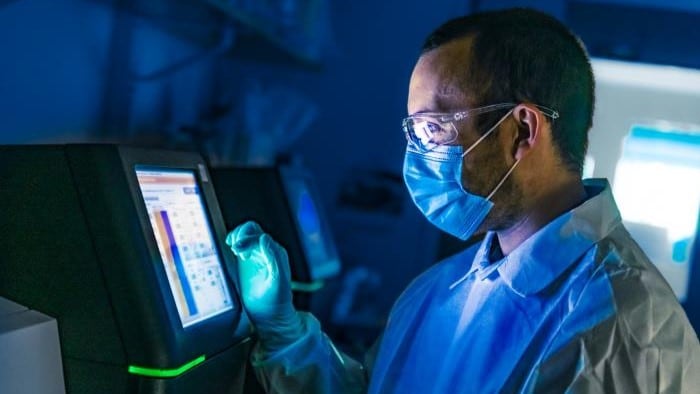Purpose
This page provides technical information on the six kinds of E. coli that cause gastrointestinal illness. The page also includes links to learn more information about specific topics.

Infectious agent
Escherichia coli are gram-negative bacteria that live in the gastrointestinal tract. Most strains do not cause illness.
Pathogenic E. coli are categorized into pathotypes based on their virulence genes.
The six pathotypes of diarrheagenic E. coli are:
- Enteropathogenic E. coli (EPEC)
- Enterotoxigenic E. coli (ETEC)
- Enteroinvasive E. coli (EIEC)
- Shiga toxin-producing E. coli (STEC)
- Enteroaggregative E. coli (EAEC)
- And possibly diffusely adherent E. coli (DAEC)
(Pathotypes that cause urinary tract infections, bloodstream infections, and meningitis are not covered here.)
Serotypes of E. coli are determined by surface antigens (O and H), and specific serotypes tend to cluster within certain pathotypes. Rarely, an E. coli strain has virulence factors of more than one pathotype. An example is the strain of E. coli O104:H4 that caused a large outbreak of serious illnesses in Germany in 2011; it produced Shiga toxin and had adherence properties typical of EAEC.
STEC are also called verotoxigenic E. coli (VTEC), and the term enterohemorrhagic E. coli (EHEC) is commonly used to specify STEC strains capable of causing human illness, especially bloody diarrhea and hemolytic uremic syndrome (HUS), which can result in kidney damage.
Learn more about these six kinds of E. coli.
Clinical features
Watery or bloody diarrhea and abdominal cramps, with or without fever or vomiting.
See common symptoms caused by each of the six kinds of E. coli.
Sequelae
STEC infection, particularly of STEC with the surface antigen O157 (STEC O157), can lead to HUS.
Incidence and outcomes
The incidence of infection with some diarrheagenic E. coli is unknown because diagnostic laboratories rarely test for those pathotypes.
CDC estimates that each year in the United States:
- STEC O157 cause an estimated 97,000 illnesses, 3,270 hospitalizations, and 30 deaths.
- STEC non-O157 cause an estimated 169,000 illnesses and 400 hospitalizations.
- EPEC and EIEC infections are most common among young children.
- EAEC are most common among persons who are immunocompromised.
Epidemiology at a glance
- STEC infections are most common in high-income countries.
- ETEC infections are common in low-income countries.
- EPEC and EIEC infections are most common among young children in low-income countries.
- EAEC are most common among persons who are immunocompromised, children, and international travelers.
Transmission
Diarrheagenic pathotypes can be passed in the feces of humans and other animals. Transmission occurs through the fecal-oral route, primarily via contaminated food or water and also through person-to-person contact and contact with animals or their environment.
People are the main reservoir of non-STEC pathotypes that cause diarrhea in humans. The intestinal tracts of animals, especially cattle and other ruminants, are the primary reservoirs of STEC.
See major sources of infection for each of the six kinds of E. coli.
